“If you buy a Tesla today, I believe you’re buying an appreciating asset, not a depreciating asset.” – Elon Musk
Think about that statement for a second…you’re buying an appreciating asset, not a depreciating asset. And what is driving the appreciation of that asset? It’s likely courtesy of Tesla’s FSD (Full Self-Driving) Deep Reinforcement Learning Autopilot brain. Tesla cars become “smarter” and consequently more valuable with every mile each of the 400,000 Autopilot-equipped cars are driven.
Imagine a mindset of leveraging Deep Reinforcement Learning with new operational data to create products (vehicles, trains, cranes, compressors, chillers, turbines, drills) that appreciate with usage because the products are getting more reliable, more predictive, more efficient, more effective, safer and consequently more valuable. That’s H-U-G-E!
An asset that appreciates in value through usage and learning is yet another example of how a leading organization can exploit the unique characteristics of digital assets that not only never deplete or wear out but can be used across an unlimited number of use cases at a near zero marginal cost.
Let’s talk about what this means to YOUR organization!
Autonomous Vehicles Require a Mobile IoT Platform
Autonomous vehicles generate vast amounts of data courtesy of the external facing cameras, radar, LIDAR, ultrasonic sensors and GPS. Consequently, autonomous vehicles basically require a modern Internet of Things (IoT) technology architecture that supports both IoT Edge analytics as well as a Core analytics where combinations of Machine Learning and Deep Reinforcement Learning make the decisions that guide the successful operations of the vehicle (see Figure 1).
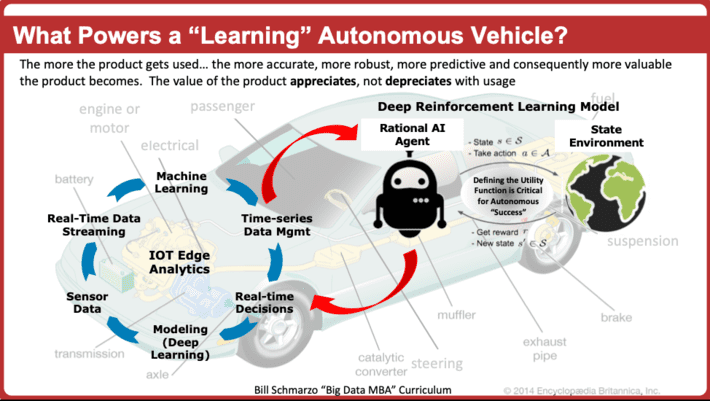
Figure 1: Autonomous Vehicle IoT Architecture
An autonomous vehicle is comprised of multiple edge devices capturing and analyzing real-time time series data at the subsystem level (braking, navigation, climate control, transmission, engine, suspension). And then a centralized advanced analytics model (like Tesla’s FSD) that aggregates and integrates the data in real-time from the different edge subsystems to optimize the performance, reliability, costs, emissions and safety of the autonomous vehicle.
New Monetization Opportunities
The real-time object detection capabilities of an autonomous vehicle are not only necessary to ensure the safe and efficient operations of the vehicle, but introduce new opportunities to monetize the customer, product and operational insights gathered during the autonomous vehicle’s interaction with its environment (see Figure 2).
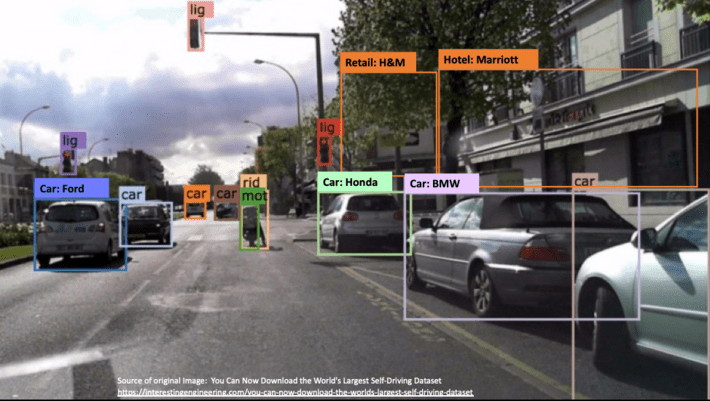
Figure 2: Environmental View from Autonomous Vehicle
Imagine the new opportunities to monetize new customer, product and operational insights based upon the autonomous vehicle’s interaction with its environment. What is Tesla learning about the environment in which it operates? What sorts of customer, product and operational insights is Tesla learning as it goes about its normal operations?
Here are some monetization ideas that came from my University of San Francisco Big Data MBA class:
- Real-time traffic congestion, accidents and navigational recommendations
- Road maintenance recommendations
- Popular destinations across multiple demographic and geographical dimensions
- Branded vehicles operating around them and the condition of those vehicles
- Number of cars in a store, office or factory parking lot
- Location of available parking spots
- Location of derelict and/or stolen vehicles
- Illegal garbage or waste dumping
- And more…
As a homework assignment, please send me your monetization ideas (twitter @schmarzo).
Basic Introduction to Real-time Object Detection[1]
One critical feature of the autonomous vehicle is its ability to leverage video analytics for real-time object detection in identifying the location and movement of surrounding objects. A recent commercial shows how Microsoft is using object detection (AI) to identify snow leopards (see Figure 3).
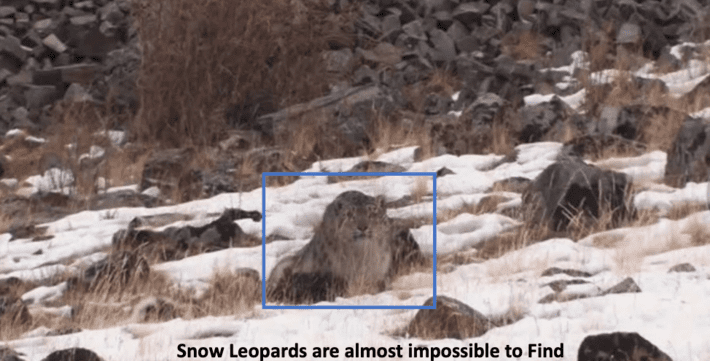
Figure 3: Microsoft TV commercial uses snow leopards to demonstrate business case for AI
Object detection identifies the location and movement of objects in a view using a Neural Network technique called Mask R-CNN (Region Convolutional Neural Network). Mask R-CNN proposes a bunch of boxes within an image and checks if any of these boxes (or regions) contain an object. Mask R-CNN is an instance segmentation model that enables pixel-level analysis location in segmenting a scene or view into individual objects, i.e. individual cars, pedestrians, stop lights, street signs, bicyclist.
Figure 4 is an example of how an object detection algorithm works. Each object in the image, from a person to a kite, have been located and identified with a certain level of precision.
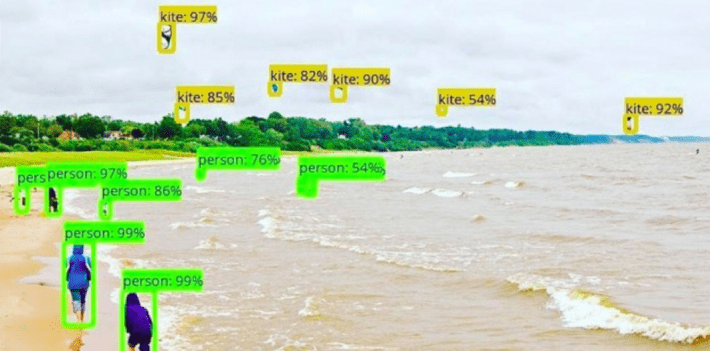
Figure 4: Object Detection Example
Mask R-CNN is a combination of Faster R-CNN that does object detection (class + bounding box) and FCN (Fully Convolutional Network) that does pixel-wise boundary analysis (see Figure 5).
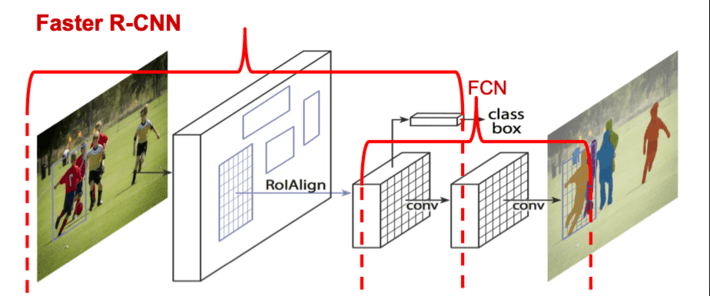
Figure 5: Faster R-CNN Processing Flow
We pass an image to the network, and it is then sent through various convolutions and pooling layers. Finally, we get the output in the form of the object’s class (pedestrian, vehicle, traffic light, bicyclist, etc.).
Exploiting the Economic Value of Learning
The Elon Musk quote is yet another example of a company that is exploiting the unique economic characteristics of data and analytics – assets that not only never wear out or deplete and can be used across an unlimited number of use cases at near zero marginal cost, while the assets acquire more value – become more predictive, more accurate, more complete – through use!
As I discussed in the ground-breaking blog “In Digital Transformation, Economies of Learning More Powerful than…”, the “Economies of Learning” are more powerful than “Economies of Scale” because of the ability to build powerful AI models that learn and re-deploy those learnings within digital assets faster and at lower risk (see Figure 6).
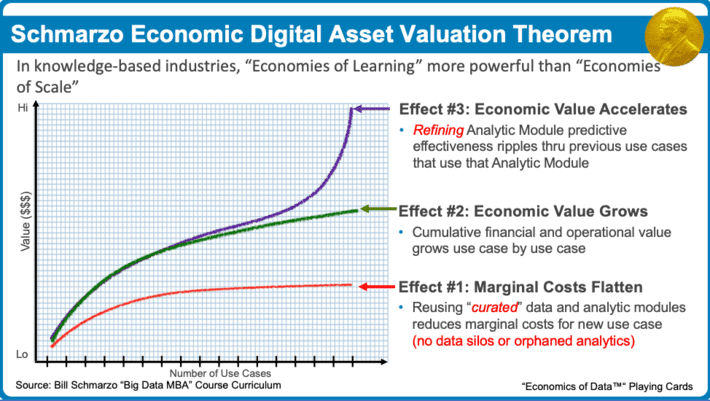
Figure 6: Schmarzo Economic Digital Asset Valuation Theorem
The “Schmarzo Economic Digital Asset Theorem” yields three key economic “effects”:
- Effect #1: Marginal Costs Flatten. Since data never depletes, never wears out and can be reused at near zero marginal cost, marginal costs of sharing and reusing “curated” data and packaged analytic modules (Solution Cores) flattens.
- Effect #2: Economic Value Grows. Sharing and reusing the data and packaged Analytic Modules (Solution Cores) shrinks time-to-value and de-risks subsequent use cases.
- Effect #3: Economic Value Accelerates. Economic value of previous use cases increases through the accumulative appreciate (learning) of the packaged analytic modules (Solution Cores) that lifts the value of all associated use cases. I will now call this the “Elon Musk Tesla Effect”!
Summary
“If you buy a Tesla today, I believe you’re buying an appreciating asset, not a depreciating asset.” – Elon Musk
This aspirational statement may very well be the most powerful insight that I have heard during this age of digital transformation. Not only are data and analytics assets that never deplete, never wear out and can be used across an unlimited number of use cases at a near zero marginal cost, but power digital transformation through appreciating (not depreciating) from use. How can that happen? Because the models that power digital transformation, like TensorFlow for Google or FSD for Tesla, actually increase in value through usage and learning; that these unique digital assets actually become more reliable, more predictive, more efficient, more effective, safer and consequently more valuable as they are constantly learning via every interaction and transaction.
“The Economies of Learning are more powerful than the Economies of Scale” – Bill Schmarzo
Yep, I can feel that Nobel Prize in Economics getting closer very day!
By the way, an end to another illuminating year of teaching with Professor Mouwafac Sidaoui at the University of San Francisco (not UCSF!). The students were engaging, inquisitive and fearless. What more could I ask. These are tomorrow’s business and society leaders! We are in good hands.
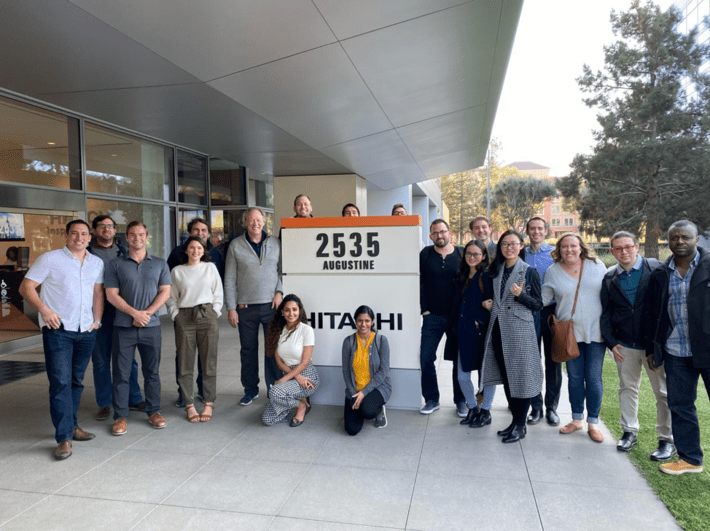
Figure 7: Class of 2019 University of San Francisco Big Data MBA visiting Hitachi
[1] To learn more about RCNN and Object Detection, check out these sources:
